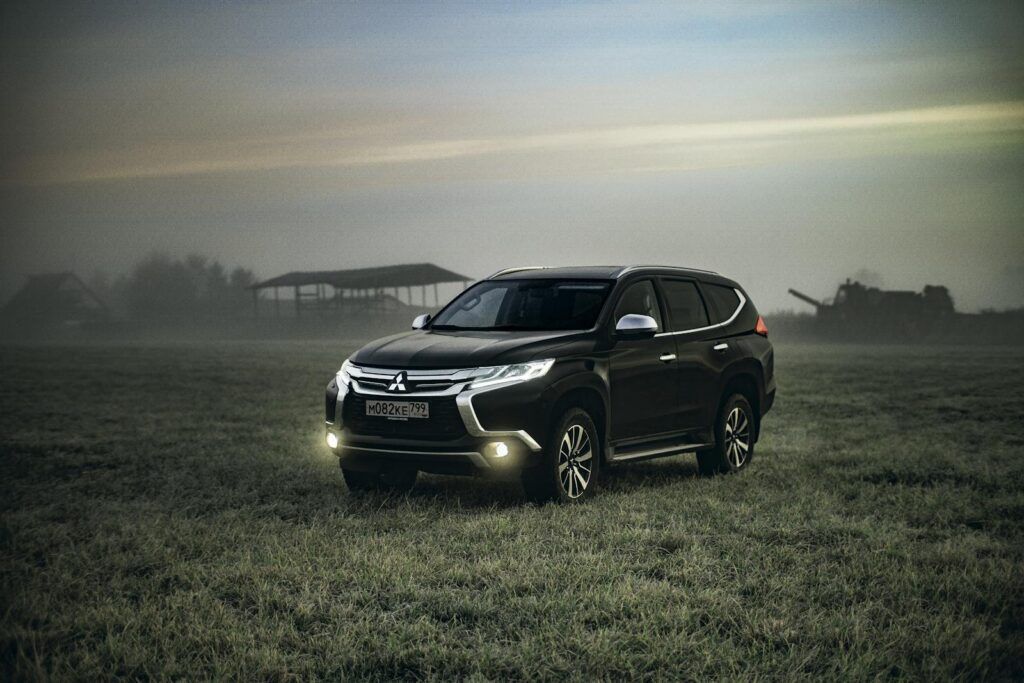
As you embark on your well-deserved retirement, a period meant for relaxation and enjoying the fruits of your labor, careful financial planning becomes paramount. Every purchase, particularly a significant one like a vehicle, should be weighed against its long-term impact on your savings and overall peace of mind. The goal is to maximize your time on the road, exploring new horizons or simply running errands, rather than spending it in repair shops or worrying about escalating costs.
In the current automotive landscape, SUVs and crossovers dominate the market, celebrated for their versatility, elevated seating positions, and often comfortable rides. However, not all models are created equal, especially when viewed through the lens of a retiree’s priorities. This article, crafted in the spirit of unbiased and data-driven consumer advocacy, aims to equip you with the knowledge needed to avoid common pitfalls that could lead to significant financial or logistical headaches.
We understand that your vehicle needs often shift in retirement, prioritizing practicality, unwavering reliability, and crucial cost-efficiency. Our mission is to highlight specific SUVs and crossovers that, despite their initial appeal, have demonstrated patterns of high maintenance, frequent recalls, poor fuel economy, or rapid depreciation, making them less than ideal companions for your golden years. By steering clear of these models, you can safeguard your retirement income and ensure a truly stress-free journey.
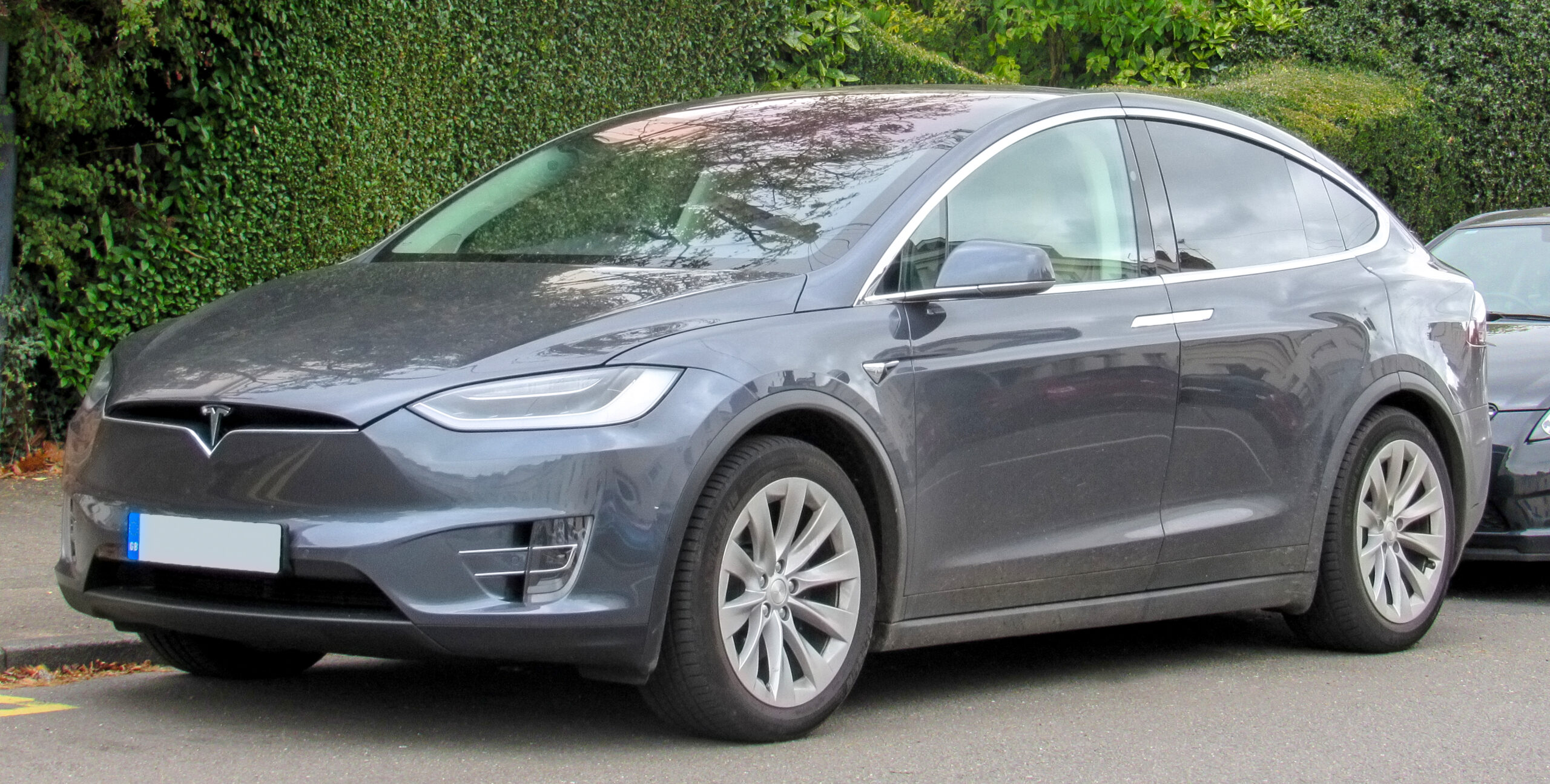
1. **Tesla**: Tesla has carved out a significant niche in the automotive world, highly popular for its cutting-edge electric powertrains and advanced self-driving capabilities. For many, the allure of driving a technologically forward vehicle is strong. However, for retirees whose primary concern is maximizing their retirement savings and avoiding unexpected expenses, a Tesla might not be the most prudent choice, largely due to its high upfront cost.
Beyond the initial purchase price, Tesla’s reliability has been a consistent concern for users, frequently manifesting in recalls. As recently as August 2024, Tesla recalled over 9,000 of the earlier Model X SUVs specifically because of roof trim issues, a clear indicator of recurring quality control challenges that can become a burden. Such frequent recalls raise legitimate questions about the brand’s long-term dependability.
Furthermore, for retirees who may not be as comfortable with highly technical gadgets or complex digital interfaces, Tesla’s user interface can present a significant hurdle. Its heavily screen-dependent controls and reliance on digital systems might not feel intuitive or user-friendly, potentially adding unnecessary stress to the driving experience. This can be a major disadvantage for those who prefer simpler, more traditional vehicle controls.
Ultimately, while Tesla offers an undeniably futuristic driving experience, the combination of its steep price tag, documented reliability issues, and a potentially challenging tech-heavy interface makes it a vehicle retirees might want to think twice about. A car should simplify your life in retirement, not complicate it with high costs and a steep learning curve.

2. **Land Rover Discovery**: The Land Rover Discovery often presents itself as an appealing option, particularly for those who value comfort, ample space, and robust off-road capabilities. It promises a sense of adventure and luxury, making it seem like an ideal vehicle for exploring during retirement. However, beneath this attractive exterior lies a history that gives serious pause to any retiree considering its purchase.
This SUV has gained a reputation, indeed it is “notorious,” for a litany of mechanical failures. Such issues inevitably translate into prohibitively high repair costs, a financial burden that can swiftly deplete carefully planned retirement funds. These are not minor inconveniences but rather significant mechanical problems that demand considerable time and money to rectify.
Compounding these concerns, the Land Rover Discovery has faced multiple recalls over the years, addressing critical components such as seat belts, latches, and even fundamental engine issues. These widespread recalls further underscore deep-seated reliability problems that make the vehicle a risky investment for someone on a fixed income, who cannot afford recurrent and expensive trips to the service center.
Given its well-documented history of high maintenance costs and frequent mechanical woes, retirees are strongly advised to avoid the Land Rover Discovery altogether. Opting for this vehicle risks transforming what should be a comfortable travel companion into a persistent source of financial strain and frustration, severely denting your retirement money with its unpredictable demands.
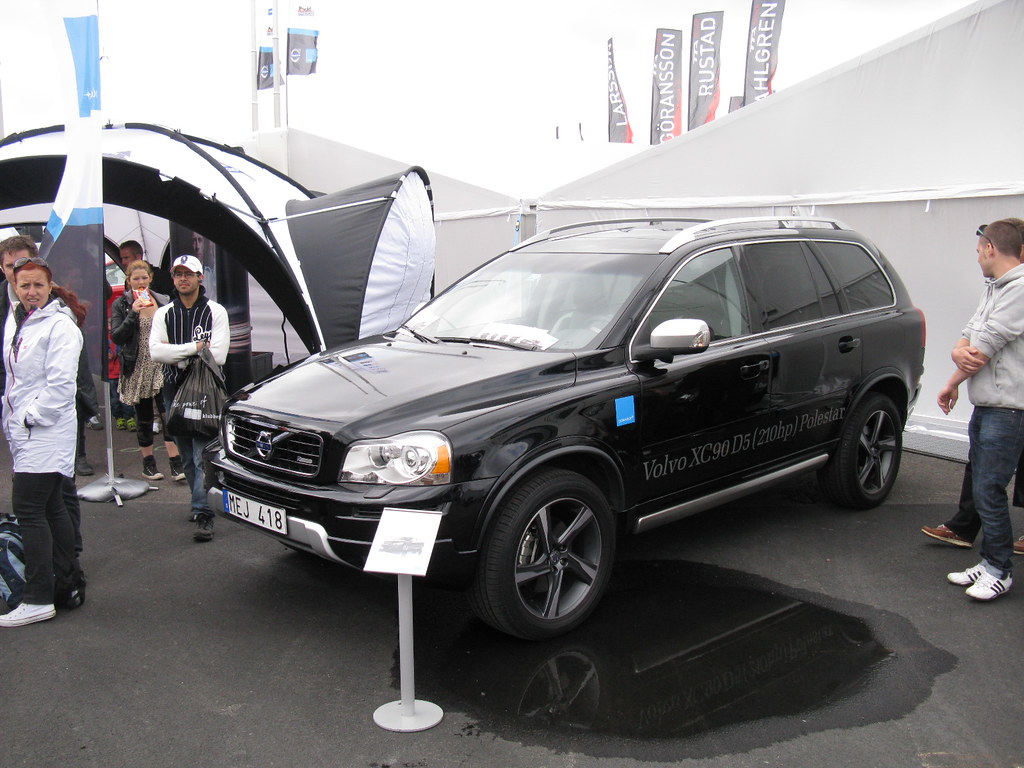
3. **Polestar**: Polestar, as an electric vehicle (EV) brand, might initially appear to be a sleek and environmentally conscious choice for retirement, especially given its modern design and solid driving performance. The appeal of a premium, all-electric vehicle can be quite strong. However, like many emerging electric options, the Polestar brings a unique set of challenges that can make it less suitable for retirees.
One of the primary concerns for any electric vehicle, and particularly the Polestar, is the availability of charging stations and the practical range on a single charge. For retirees who enjoy traveling often, the limited charging infrastructure outside major metropolitan areas can lead to significant inconvenience and range anxiety. This logistical hurdle can undermine the freedom and flexibility that a car should offer in retirement.
Furthermore, the Polestar is a pricey vehicle, which directly conflicts with the objective of prudent financial management during retirement, especially if you are living on a fixed or lower income. The initial high cost is then often followed by concerns about limited service stations. Since Polestar isn’t as readily available or widely supported as more established brands, needing frequent checkups or repairs, especially after frequent travel, can become a major inconvenience and a logistical nightmare.
Adding to these issues, independent reliability studies have placed Polestar near the bottom in terms of quality. For instance, in a recent J.D. Power quality study, it recorded approximately 316 issues per 100 vehicles. Common problems reported include software glitches and electrical system failures, which are particularly concerning and expensive in an EV. These recurring problems make the Polestar a less-than-ideal choice for a worry-free retirement ride, despite its aesthetic appeal.

4. **Chrysler SUVs**: On first glance, Chrysler SUVs can appear to be excellent options, often praised for their comfortable interiors and user-friendly tech interfaces. These qualities might seem particularly attractive to retirees looking for ease of use and a pleasant driving experience. However, a deeper look reveals several significant drawbacks that make these vehicles less ideal for retirement life.
One of the most concerning aspects of Chrysler’s SUV lineup is the brand’s history of frequent recalls. These recalls have spanned a range of critical components, including issues with engines, electrical systems, and transmissions, which are fundamental to a vehicle’s safe and reliable operation. Such persistent problems raise serious questions about the overall safety and long-term reliability of Chrysler SUVs, directly impacting the peace of mind a retiree deserves.
Another significant disadvantage of purchasing a Chrysler SUV in retirement is its typically fast depreciation. Compared to many other SUV brands, Chrysler vehicles tend to lose their value at a quicker rate. While this might not be an immediate concern if you plan to keep the car indefinitely, it becomes a substantial problem if you foresee selling or trading in your vehicle occasionally. In such scenarios, you would likely face considerable financial losses, eroding a portion of your retirement nest egg.
Considering the ongoing concerns about reliability, the potential for frequent repairs due to past recall issues, and the notable depreciation rate, Chrysler SUVs present a substantial risk for retirees. These factors can lead to unforeseen expenses and diminish the financial security that is so important in your later years, making them a brand to approach with caution.
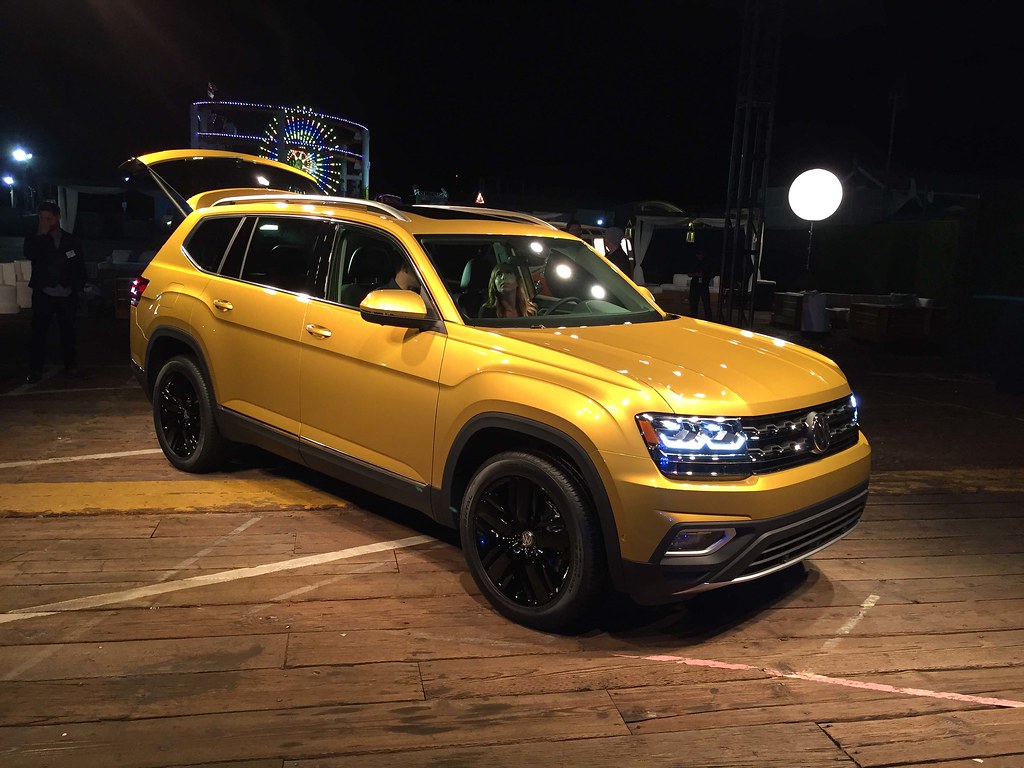
5. **Volkswagen Atlas**: The Volkswagen Atlas is a midsize SUV that initially impresses with its ample space and well-built design, making it a popular choice for families. For retirees who might occasionally transport grandchildren or require extra cargo room, these attributes can seem appealing. However, a closer examination reveals several significant downsides that are particularly relevant for retirees living on a fixed or smaller income.
Firstly, the Volkswagen Atlas is notably not fuel-efficient. This is a critical factor for retirees, especially if you anticipate traveling often. High fuel consumption means you’ll be spending more on gas, a recurring expense that can quickly eat into your budget and reduce the funds available for other retirement activities. In an era of fluctuating gas prices, this inefficiency can become a major financial drain.
Beyond fuel economy, concerns have been raised about the brand’s safety and the Atlas model’s reliability. Many users have reported issues with various components, including the crucial fuel system. Such complaints point to potential long-term reliability problems that could lead to frequent and expensive trips to the mechanic. For retirees, unexpected repair bills are a significant source of stress and an unwelcome drain on resources.
Furthermore, like some other vehicles on this list, the Volkswagen Atlas tends to depreciate rapidly. If you are considering reselling your vehicle after a few years, this fast depreciation means you are likely to incur a considerable loss. This makes the Atlas a less-than-ideal investment for retirees seeking to maintain their financial stability and avoid significant capital depreciation on their assets. In summary, its combination of poor fuel efficiency, questionable reliability, and rapid depreciation makes the Volkswagen Atlas an SUV to approach with caution.
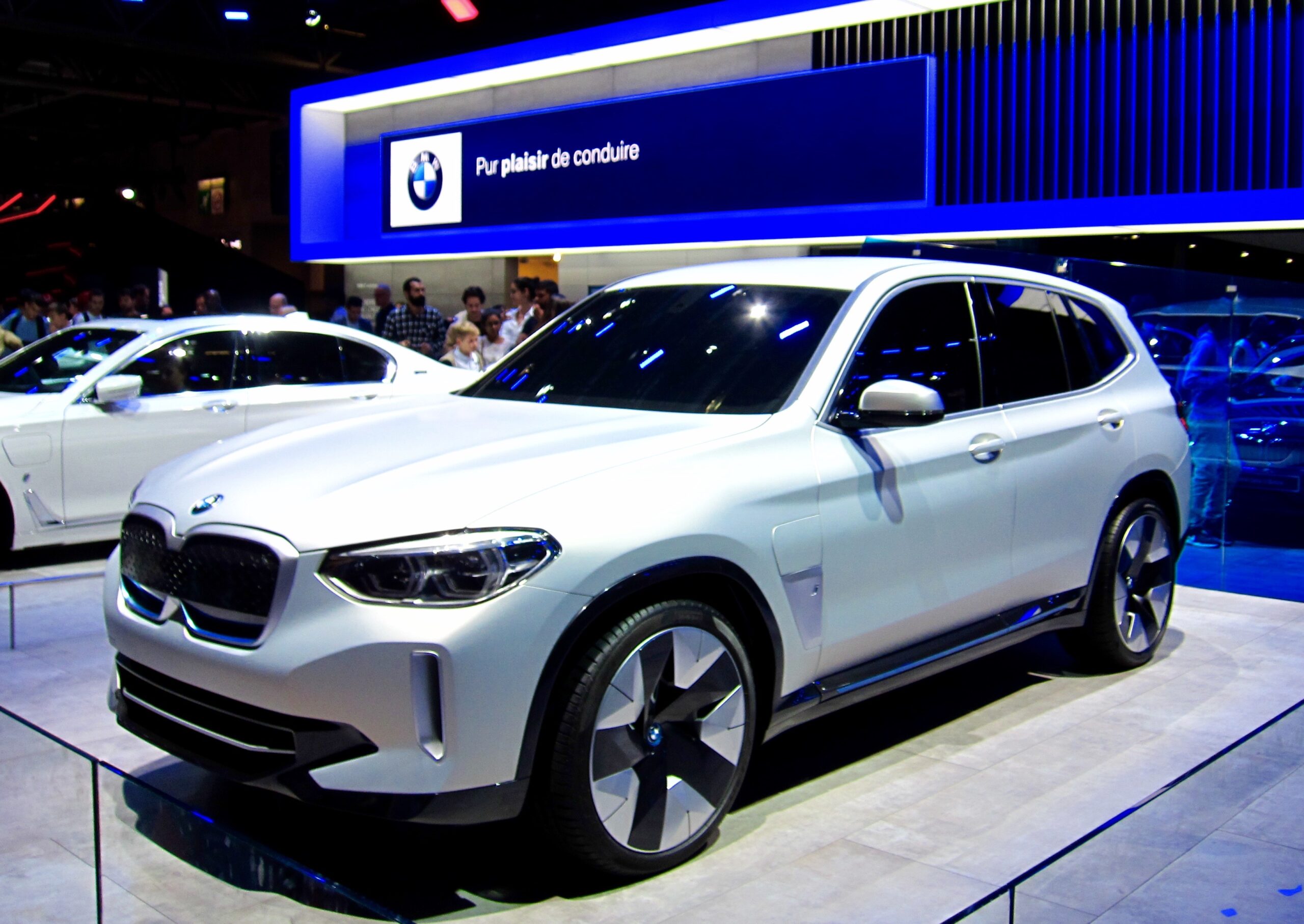
6. **BMW X3**: Luxury brands like BMW, with their undeniably stylish designs and feature-packed vehicles such as the X3, can exert a powerful pull. The promise of sophisticated driving dynamics and a premium experience is alluring. However, for retirees focused on maintaining financial stability and minimizing long-term expenses, these vehicles often present a stark reality that contradicts the initial appeal.
The most immediate concern with a BMW X3, or any luxury crossover, is the high upfront cost. This initial investment ties up a significant amount of capital that could otherwise be allocated to retirement savings, investments, or other leisure activities. While the purchase price is substantial, the true financial burden often reveals itself in the form of even higher maintenance and repair bills once the factory warranty expires. These costs can easily run into thousands of dollars annually, far exceeding what a typical retiree’s budget can comfortably absorb.
Beyond the cost of repairs, luxury vehicles frequently demand premium fuel. This seemingly small detail adds another layer of ongoing expense that, over time, accumulates into a significant amount. Coupled with specialized parts and labor required for servicing, the operational costs of a BMW X3 quickly become prohibitive, turning a dream car into a financial liability rather than a reliable mode of transport.
Moreover, luxury crossovers are also susceptible to rapid depreciation. While they offer a high level of comfort and performance, their resale value can drop sharply, leading to substantial losses if you decide to sell the vehicle in the future. For retirees, this combination of high purchase price, exorbitant maintenance, and steep depreciation makes the BMW X3 a financially imprudent choice, diverting precious funds from more critical needs.
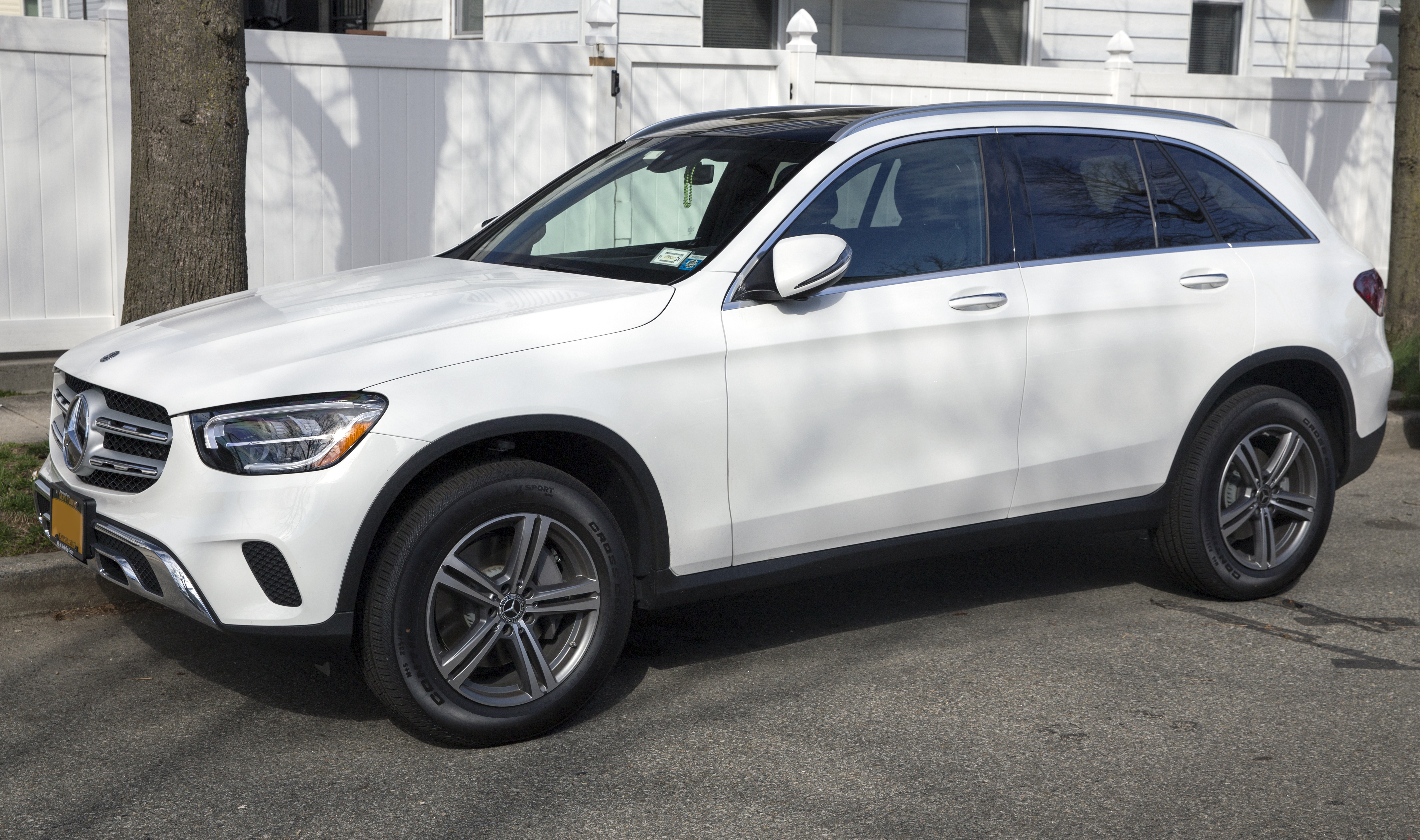
7. **Mercedes-Benz GLC**: Similar to its luxury counterparts, the Mercedes-Benz GLC offers an attractive package of elegance, advanced features, and a prestigious brand image. It might seem like a natural fit for enjoying the comfort and sophistication that retirement can bring. Yet, for the savvy retiree, a closer inspection reveals that the GLC, much like the BMW X3, carries significant financial implications that can undermine long-term fiscal health.
The initial cost of a Mercedes-Benz GLC is substantial, representing a considerable outlay of capital. This high entry point is just the beginning of the financial journey. The real challenge emerges when considering the long-term maintenance and repair expenses. Once the manufacturer’s warranty period concludes, routine servicing and unforeseen repairs can become extraordinarily expensive, often requiring specialized parts and highly skilled labor that command premium rates.
These ongoing costs, which can escalate into thousands of dollars annually, can swiftly deplete a retiree’s carefully managed budget, creating financial stress where there should be none. The necessity for premium fuel further contributes to the vehicle’s high operational expenses, adding another consistent drain on resources. These factors make the GLC a vehicle that demands a continuous, significant financial commitment.
For those on a fixed income, the prospect of such unpredictable and high expenditures can be a major source of concern. While the GLC offers undeniable luxury and performance, its high upfront cost, combined with the substantial and often unpredictable maintenance and fuel expenses, positions it as an impractical choice for retirees. Prioritizing financial stability and peace of mind means seeking out vehicles that offer reliable and cost-effective transportation, rather than a potential money pit. This necessitates looking beyond the badge to the true cost of ownership.
Continuing our in-depth look at vehicles that retirees should approach with extreme caution, this section delves into seven more SUVs and crossovers that, despite their varied appeals, can become significant financial or logistical liabilities. For those on a fixed income, prioritizing unwavering reliability, safety, and cost-efficiency is paramount. Our objective remains to arm you with objective, data-driven insights, ensuring your hard-earned retirement savings are protected from unexpected automotive drains.
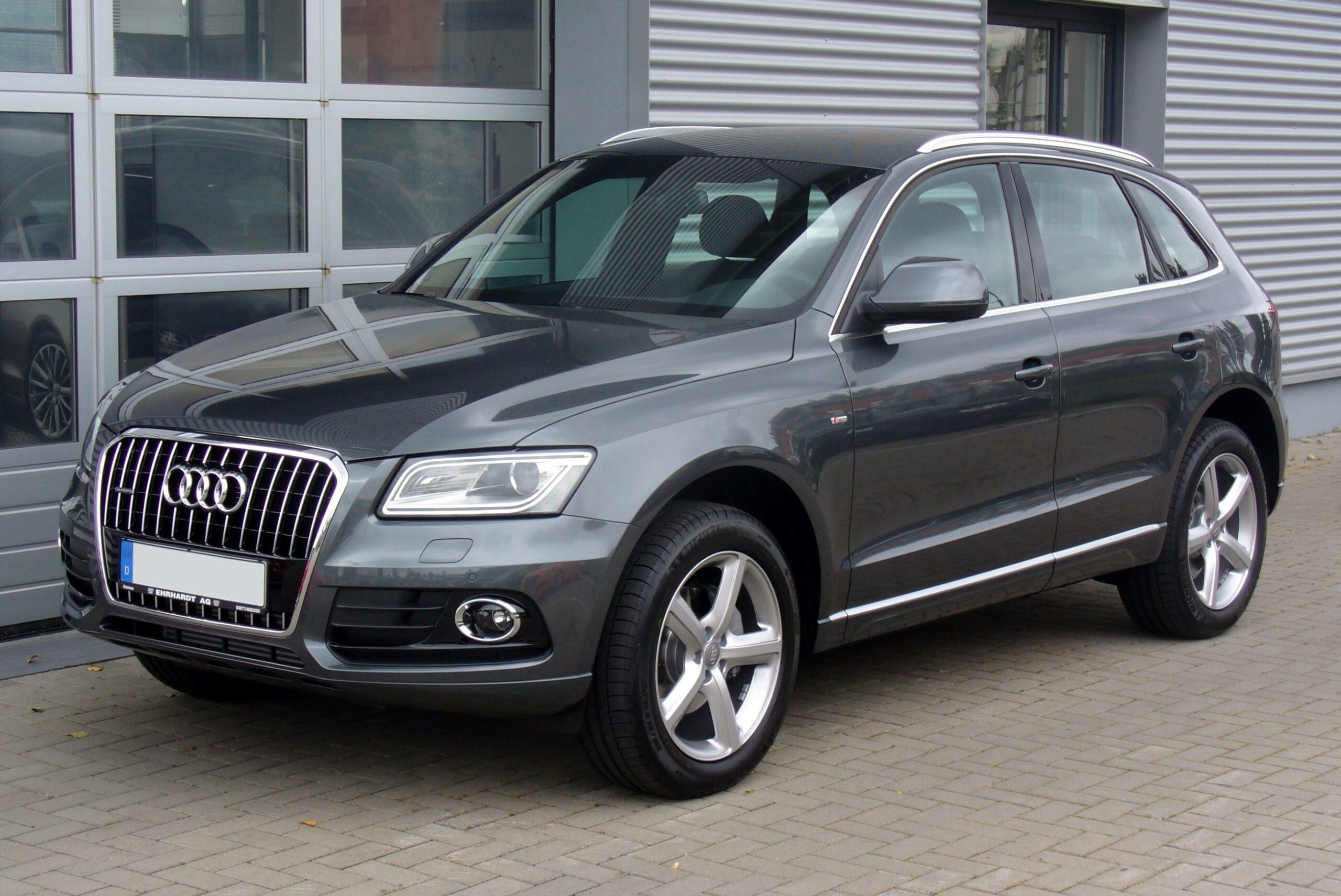
8. **Audi Q5**: Just like its luxury counterparts, the Audi Q5 often draws attention with its sleek design, refined interior, and advanced technological features. For many, the allure of a premium driving experience is strong, promising comfort and sophistication that seems ideal for enjoying the golden years of retirement. However, beneath this polished exterior lie financial realities that can quickly erode a retiree’s peace of mind and budget.
The most significant concern with a luxury crossover like the Audi Q5 is its substantial upfront cost, which represents a considerable capital outlay that could otherwise bolster retirement investments or provide for other leisure activities. This initial investment is merely the gateway to what can become an ongoing financial commitment, as luxury vehicles are notoriously expensive to maintain and repair once the factory warranty periods expire.
These post-warranty expenses can rapidly escalate into thousands of dollars annually, far exceeding what a typical retiree’s fixed income can comfortably absorb. Furthermore, the Q5, like many high-performance vehicles, often necessitates premium fuel, adding yet another layer of recurring expense that accumulates significantly over time. When specialized parts and labor are factored into routine servicing, the operational costs become prohibitive.
Adding to these financial pressures is the tendency for luxury crossovers to depreciate at a faster rate compared to more mainstream vehicles. While the Q5 provides a high level of comfort and performance, its resale value can drop sharply, leading to substantial losses if you consider selling or trading in the vehicle in the future. For retirees, this combination of high purchase price, exorbitant maintenance, fuel demands, and steep depreciation makes the Audi Q5 a financially imprudent choice, diverting precious funds from more critical needs.
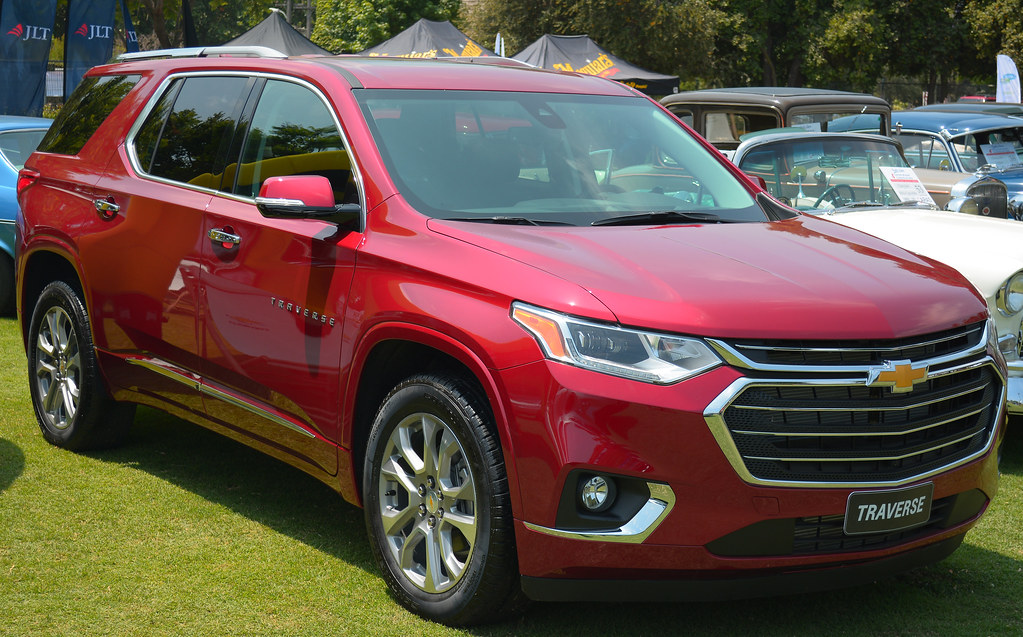
9. **Chevrolet Traverse**: The Chevrolet Traverse, a large, family-oriented SUV, might initially seem appealing to retirees who occasionally need to transport grandchildren, carry ample cargo, or desire an elevated driving position. Its spacious interior and perceived versatility can appear to tick many boxes for varied retirement activities. However, its very strengths can become significant drawbacks for day-to-day retiree life.
One primary concern with an excessively large crossover like the Traverse is its sheer size, which can prove cumbersome and challenging to maneuver, especially in crowded parking lots or tighter urban environments. For many retirees, navigating such a large vehicle in daily errands or recreational outings can lead to unnecessary stress and inconvenience, detracting from the relaxed pace of retirement.
Beyond maneuverability, the Chevrolet Traverse is notably less fuel-efficient compared to smaller, more practical alternatives. This reduced fuel economy means higher ongoing expenses at the pump, which can quickly consume a larger portion of a retiree’s budget, especially with fluctuating gas prices and if frequent travel is part of your retirement plan. These recurring costs can noticeably impact the funds available for other essential or enjoyable activities.
Moreover, larger vehicles typically incur higher insurance costs due to their size and potential for greater damage in accidents. This additional financial burden, combined with decreased fuel efficiency, contributes to a higher overall cost of ownership that may not align with a retiree’s priority of fiscal responsibility. Ultimately, while the Traverse offers space, its practical disadvantages in terms of size, fuel consumption, and insurance make it less than ideal for many retirees’ needs.
As we conclude this comprehensive guide, remember that your vehicle in retirement is more than just transportation; it’s an extension of your lifestyle and a guardian of your financial stability. The models highlighted across both sections, from luxury crossovers with their hidden costs to overly large SUVs and those with concerning reliability or outdated safety, represent potential pitfalls that can detract from the serene and independent retirement you’ve worked so hard to achieve. By prioritizing models known for their unwavering reliability, excellent fuel economy, robust safety features, and manageable maintenance costs, you can ensure your journeys are filled with enjoyment, not unexpected expenses or anxieties. Make informed decisions, safeguard your savings, and drive into your retirement years with confidence and peace of mind. Your well-deserved golden years should be about enjoying the open road, not navigating the repair shop.


